Understanding tolerance and diversity is a big deal. It involves having an open mind and accepting people the way they are. It is about taking differences, understanding that different people have different beliefs and experiences, and appreciating that everyone’s journey is unique.
Tolerance is the ability to accommodate different beliefs, values, or behaviors without necessarily approving or favoring them. Learning tolerance can help children understand that other people’s values might differ from their own and that everyone has a right to their beliefs.
Children can start developing this tolerance from an early age by being exposed to different cultures through books, movies, and activities. We will discuss how to teach kids tolerance and diversity, as well as provide tips on how to encourage positive social interaction.
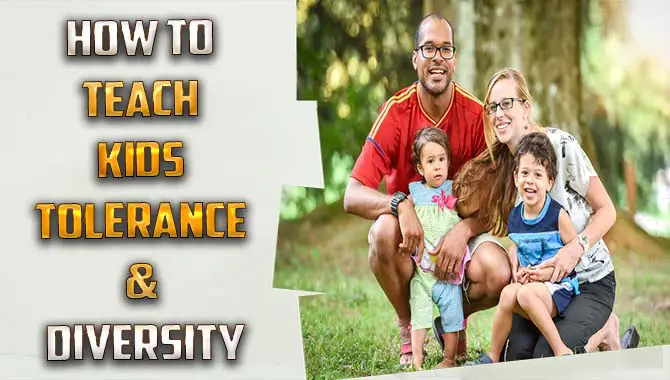
What Is Tolerance?
Tolerance is an attitude of acceptance and understanding of someone or something that may differ from you. In other words, it is a state of mind that regards others’ views, beliefs, or practices as valid without prejudice or discrimination.
However, tolerance doesn’t imply passivity or inaction. It means the ability to distinguish between right and wrong and compassion toward different viewpoints. On the other hand, diversity is recognizing and appreciating individual differences within a group.
As a society, we are constantly bombarded with messages telling us to be tolerant of others. This can lead to resentment and intolerance for the things that make us feel different from others.
What Is Diversity?
Diversity is the variety of people, ideas, and things in a particular place or time. It can be used to describe anything from cultural diversity to racial diversity. Tolerance and diversity are essential values to embrace in our society. As the world becomes more connected, diverse, and inclusive, tolerance is vital to building an inclusive environment.
Why Is It Important To Teach Kids Tolerance And Diversity?
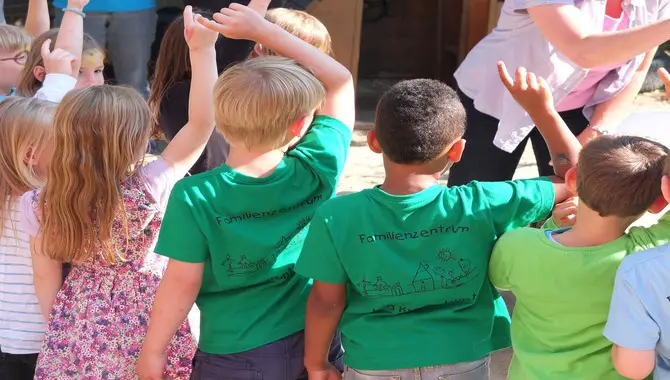
Tolerance and diversity are essential for a peaceful society. They help us understand and appreciate different cultures, which is vital for building relationships. Patience and variety also allow us to develop positive relationships with others, which is essential for emotional well-being.
Tolerance and diversity are also crucial skills for life-long learning. A dynamic world requires people with the ability to adapt and understand other perspectives, so teaching kids tolerance and diversity help them develop these vital skills. The positive impact of teaching kids tolerance and diversity is evident in their future careers as tolerant and diverse individuals contribute to the growth and development of the world around them.
How To Teach Kids Tolerance & Diversity – 10 Easley Ways
As we grow older, we learn to embrace different cultures, cuisines, languages, and religions. This is vital as a way of accepting others without judgment or hostility. Tolerance can be learned from our families and peers and is essential to building an inclusive society.
Activities that promote tolerance and diversity can be fun and engaging for kids. Schools can play a role in promoting tolerance by teaching about different cultures and diversity. The media can also promote positive attitudes towards diversity by presenting stories from across the spectrum. We can all make a difference by working together to create an inclusive society.
1.Practice What You Preach.
Tolerance and diversity are important values to instill in children from an early age. There are various ways to practice tolerance and diversity, including attending cultural events, reading books about different cultures, and watching films with diverse casts.
It is also important to model tolerance and diversity yourself. Start with you if you want your children to grow up tolerant and diverse. Practicing tolerance and diversity in your daily life teaches your children the valuable skills of empathy, kindness, and understanding.
2.Answer Children’s Questions About Diversity Honestly.
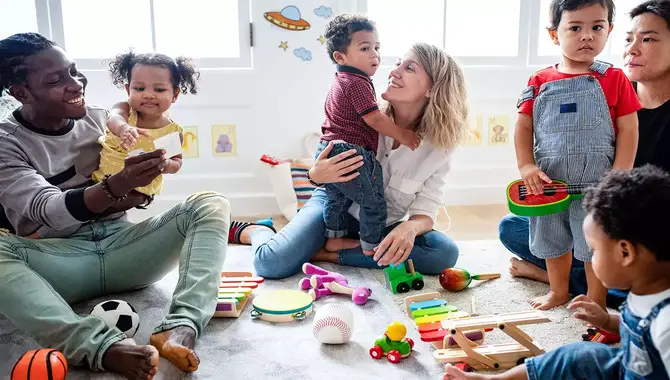
When children ask questions about diversity and tolerance, it’s essential to answer them honestly and work toward understanding the issue from all perspectives. Start by answering children’s questions straightforwardly and giving them a general understanding of the topic; if there are particular aspects of diversity about which your child is curious, try to find an appropriate answer to help them understand the issue.
If your child asks a complex or sensitive question, be patient while they process the information. It may take some time for them to understand why some people look or act differently than others. Additionally, it is helpful to be open with your child about topics related to diversity and tolerance; allow them to express their views and feelings on the matter.
3.Expose Children To People From Different Racial And Cultural Backgrounds
Tolerance of diverse people and ideas is crucial for fostering a thriving and inclusive society. But teaching children tolerance can be a challenge. They must learn early on through exposure to different cultures and races. This can best be accomplished by positively exposing them to diverse people and ideas.
One of the best ways to do this is through art, music, and books. Children can learn about different cultures and backgrounds by exploring different subjects and themes in their creative work. Exposing your children to different perspectives early on can help them develop a more tolerant attitude toward others as they grow up.
4.Correct Children When They Make Racially Or Culturally Insensitive Comments.

Teaching your children about tolerance and diversity from a young age is essential. It is vital to correct them when they make insensitive comments. This will help them learn to respect different cultures and races.
It is also important to model positive attitudes towards diversity by showing acceptance and respect for people from different backgrounds. By teaching your children about tolerance and diversity from a young age, you are helping them learn valuable skills for life.
5.Help Children Embrace Their Own Culture.
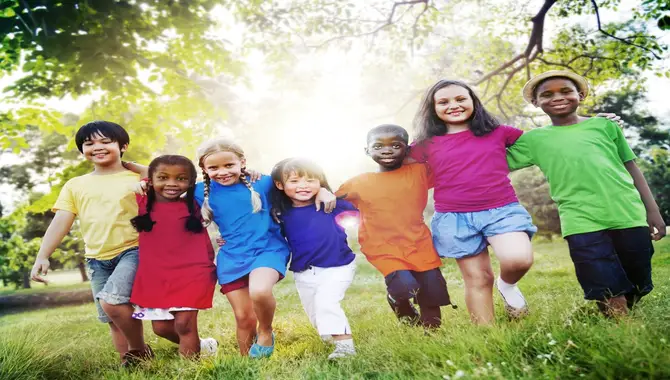
Introducing your children to different cultures early on in life is vital. Doing so, help them build a better sense of self-identity and become more confident individuals. By exposing them to different ethnic foods, art, and music, you can help them embrace their own culture and learn about other cultures. Additionally, you can teach them tolerance and diversity by discussing issues such as racism and prejudice in your community and worldwide.
Teaching your children about diverse cultures help them develop a more compassionate and tolerant attitude toward other people and cultures. As they grow up, they will be better prepared to live in a global society where people from all walks of life exist.
6.Read Diversity-Themed Books With Children.
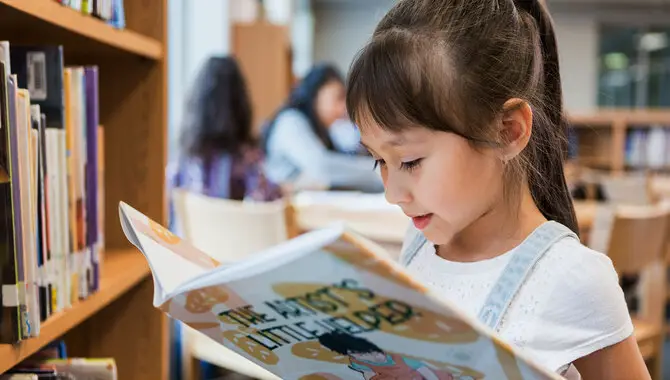
A fundamental way to increase tolerance and understanding of different cultures is by reading diversity-themed books with children. Reading these books can help children learn about the diverse ways people live and can spark their curiosity about other cultures.
It’s also essential to involve children in selecting books, as they may have insights that adults may not be aware of. By reading diversity-themed books with children, parents can help foster a sense of appreciation for all cultures. This can expand children’s worldviews and prepare them for future encounters with individuals from different backgrounds.
7.Watch Diversity-Themed Movies With Children.

Watching movies with diverse themes can help children learn about different cultures and the importance of tolerance and friendship. These movies can educate children about the importance of respecting other people and Being respectful towards different races, religions, and sexual orientations. Children can learn about the importance of tolerance and acceptance in culture by watching movies like The Princess Bride and The Lion King.
These movies portray diverse characters in race, gender, or social class and show how they overcome their differences to become friends. By watching these movies together, families can foster a healthy understanding of diversity and build positive relationships within their households.
8.Organizing Different Activities Around Tolerance & Diversity
Tolerance and diversity are important subjects to teach children, and organizing activities around tolerance and diversity can help kids learn about other cultures and religions. Activities can range from simple games to more challenging ones. Teaching kids tolerance and diversity is an effective way to build a foundation of understanding and respect for people from different backgrounds.
By engaging in tolerance-building activities, children can learn the importance of respecting and accepting different beliefs, experiences, and cultures. This will help them become proud citizens of our diverse world today and into the future.
Conclusion
Teaching kids tolerance and diversity is an important task that should not be taken lightly. Tolerance and diversity are essential qualities that should be nurtured and encouraged in children, as they will play a vital role in the future of our society. By teaching kids tolerance and diversity early on, we can help them to understand and appreciate the different cultures around them.
If we want our children to be tolerant and accepting, we must be kind. Encouraging tolerance and diversity from a young age are essential for fostering a society that respects and understands different cultures and backgrounds. It is crucial to show children that there is nothing wrong with being different.
The more exposure children have to other cultures, backgrounds, beliefs, and customs, the more comfortable they will feel when interacting with people of diverse backgrounds.
Frequently Asked Questions:
What Is An Excellent Way To Promote Tolerance?
Promoting tolerance is not always easy, but building a more tolerant society is essential. Here are a few ways that you can help promote tolerance in your home:
1.Teach your children about different cultures, religions, and values. This will help them understand other perspectives and better navigate life’s challenges.
2.Model tolerance yourself. Please do your best to accept others for who they are without judgment or prejudice.
3.If you feel uncomfortable or bullied, speak up. Kids need to know that they have the power to stand up for themselves and make a difference in the world.
How Do You Teach Tolerance In School?
When it comes to teaching tolerance in school, there are a variety of ways that can be implemented. Some of these ways include:
1.Having students read books about different cultures. This will help them to understand and appreciate other cultures more.
2.Having student-led assemblies about different cultures. This allows students to voice their opinions and discuss the topic at hand.
3.Participating in cultural festivals. This allows students to get to know other cultures through their music, food, and dances. It also allows students to interact with each other positively.
How Do You Teach Tolerance And Acceptance?
When teaching tolerance and acceptance, the best way to go about it is by modeling the behavior you want them to emulate. Show your kids positive examples of people from different backgrounds and races who are successful and happy.
Talk to your kids about race, ethnicity, and religion respectfully. Encourage your kids to express their opinions respectfully, even if they disagree with you. Finally, ensure your kids know they can always come to you with questions or concerns.
Can You Teach Children Tolerance And Inclusiveness?
Yes, it is possible to teach children tolerance and inclusiveness. There are several ways to do this, including incorporating multicultural themes into regular classroom lessons, hosting social events celebrating different cultures, and creating educational materials addressing diversity. Providing children with positive role models who demonstrate tolerance and respect for other cultures is essential.
What Is The Best Way To Teach Kids About Tolerance And Diversity?
When teaching kids about tolerance and diversity, some of the best ways to do so are through stories, songs, and educational games. For example, you could tell your children a story about a brave prince who overcame challenges and prejudice to become a great hero. Or sing them a song about acceptance that celebrates all different kinds of people.

I’m a writer and blogger who loves to talk about entertainment, culture, and relationships. I love to share my thoughts and insights on these topics, and I’m always looking for new ways to engage with my readers. I’m also a big fan of learning new things, so I’m always exploring new areas of interest.
